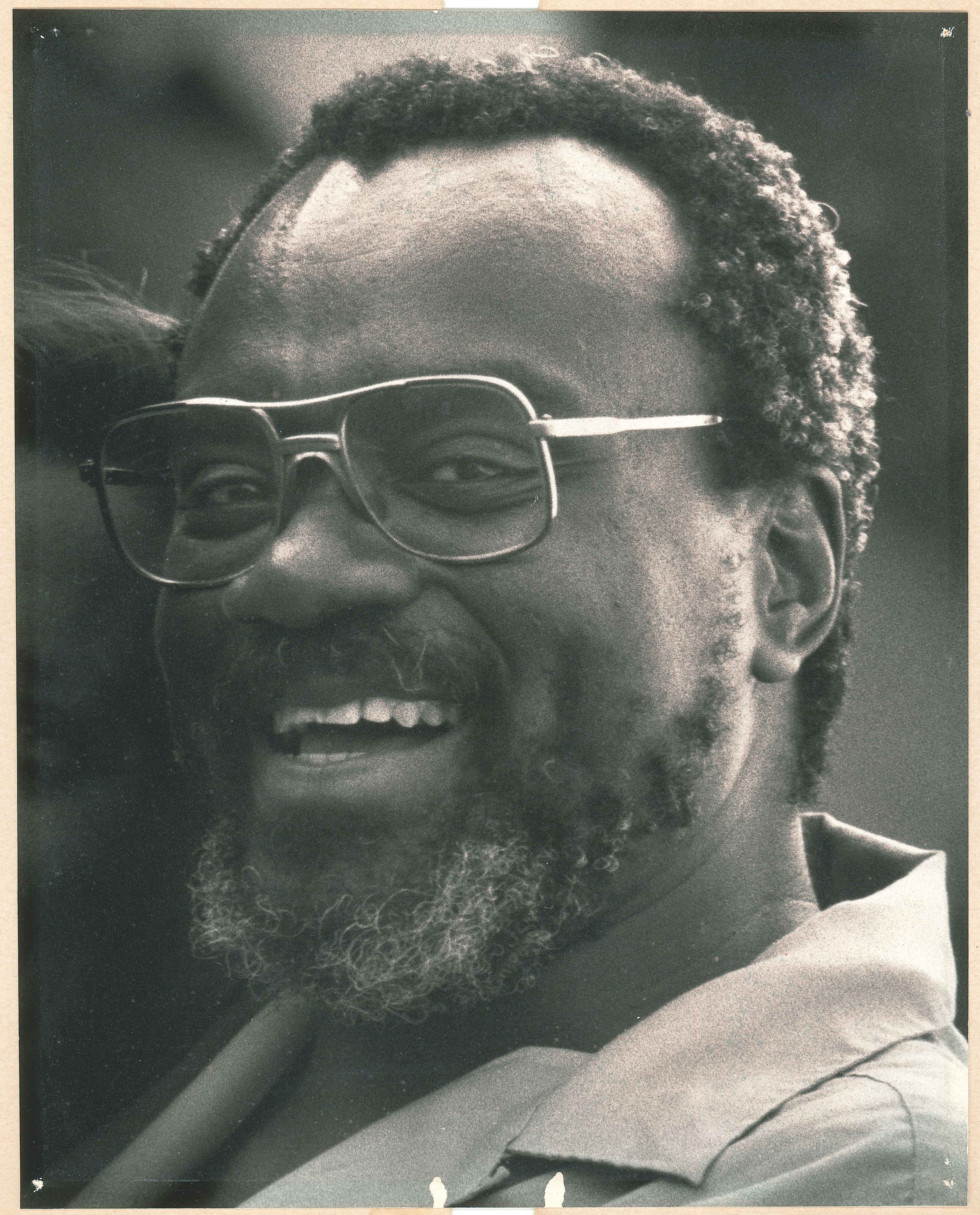Bio
Born in North Carolina, Jesse Murry studied art and philosophy at Sarah Lawrence College before moving to New York City in 1979. His essays on artists including Hans Hofmann and Howard Hodgkin appeared in a range of publications, including Arts Magazine. After two years of teaching art history and exhibiting at Hobart and William Smith Colleges, Murry enrolled in the Yale School of Art at the age of thirty-six.
Fusing the Romantic painting tradition of John Constable and J. M. W. Turner with the quality of mind and imagination of Wallace Stevens’s poetry, Murry uniquely sought to create a “landscape” within the fiction of painting that could be “more than a place to dwell but a suitable space for dreams.”
Built of subtly shifting color dynamics, Murry’s canvases became “places summoned by the memory through the imagination; where the elements of WEATHER are protagonists that act out moods open to many readings; where the light & space have a spiritual import.” The horizon was both his central image and guiding ideal, as the moment where near and far, inside and outside, self and other could be negotiated and reconciled.
In 1987, one year after receiving his Yale MFA, Murry held his first solo exhibition in New York at Sharpe Gallery. In 1983, he was awarded the Mellon Individual Project Grant, and in 1988, the Pollock-Krasner Grant for his work.
A solo exhibition, Jesse Murry: Radical Solitude, was presented at Tibor de Nagy gallery, New York, in 2019.
“All my life has been a life of crossing from the racial barriers imposed by the tragic limitations of history to the transcendental urge to move beyond those limitations.
What has prompted this effort toward humanity is a necessary belief in art’s saving powers of address. This is the effort to restore imaginative possibility along the line of the horizon, through the space and form of landscape as the mind recaptures its capacity to create and the soul may regain its freedom.”
—Jesse Murry, excerpt from “From Notes on Landscape,” 1987
